Home>Dining>Tableware>How To Update A Traditional Dining Room
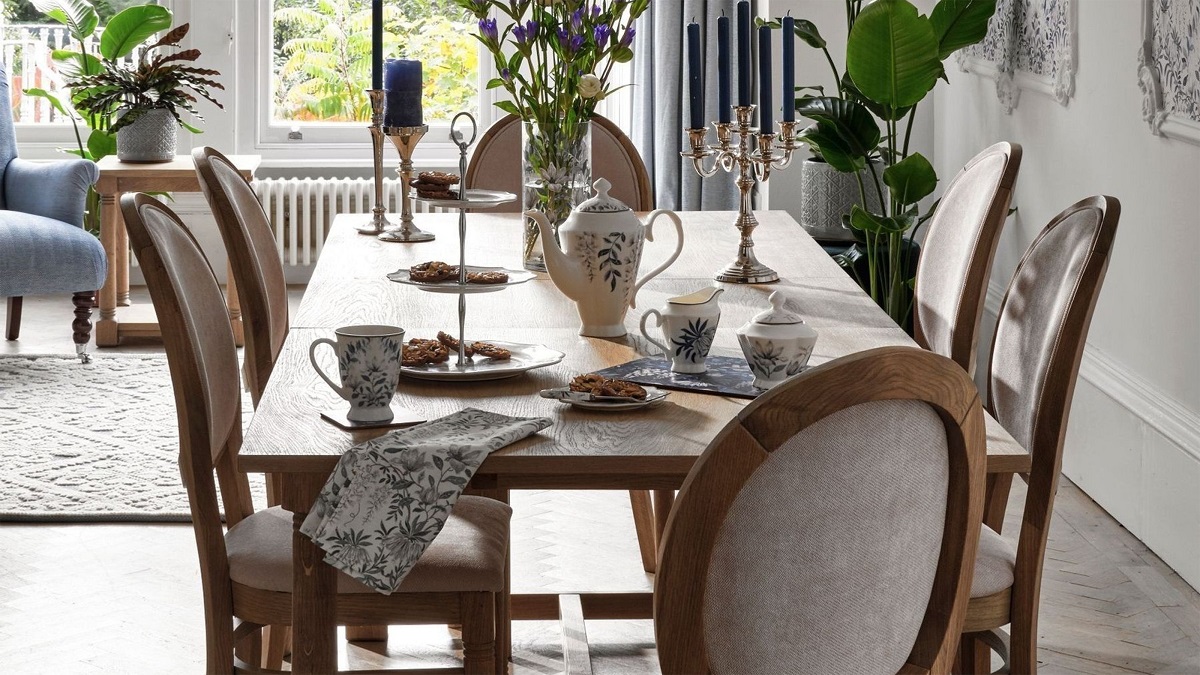

Tableware
How To Update A Traditional Dining Room
Modified: October 28, 2024
Learn how to update your traditional dining room with new tableware and create a fresh, modern look. Discover tips and ideas for transforming your space.
(Many of the links in this article redirect to a specific reviewed product. Your purchase of these products through affiliate links helps to generate commission for Storables.com, at no extra cost. Learn more)
Introduction
Updating a traditional dining room can breathe new life into the space, transforming it into a stylish and inviting area for dining and entertaining. Whether you want to modernize the look, add some personal touches, or simply freshen up the decor, there are several steps you can take to achieve the desired result.
In this article, we will guide you through the process of updating a traditional dining room, providing tips and suggestions along the way. From evaluating existing furniture to incorporating modern accessories, we will cover all the essential aspects to help you create a stunning and functional dining space.
So, if you’re ready to give your traditional dining room a makeover, let’s dive into the steps that will help you achieve a refreshed and revitalized space.
Key Takeaways:
- Transform your traditional dining room by evaluating existing furniture, updating lighting, and incorporating modern accessories. Refurbish or replace the dining table and chairs to create a stylish and inviting space.
- Rejuvenate your dining room with a fresh coat of paint, updated window treatments, and a signature piece that adds personality. Balance traditional elements with modern touches for a captivating and memorable space.
Step 1: Evaluate the Existing Furniture
The first step in updating a traditional dining room is to evaluate the existing furniture. Take a look at the dining table, chairs, sideboards, and any other pieces in the room. Consider their condition, style, and how they fit into your vision for the updated space.
If the furniture is in good condition and you still love the style, you may choose to keep it and incorporate it into the new design. However, if the furniture is worn out or doesn’t align with your desired aesthetic, it may be time to consider refurbishing or replacing it.
Refurbishing existing furniture can be a cost-effective and eco-friendly option. You can sand and repaint a wooden table or chairs, reupholster seat cushions, or add decorative details to give them a fresh look. This not only allows you to retain the sentimental value of the furniture but also adds a personalized touch to your dining room.
On the other hand, if you decide to replace the furniture, take into account the size and proportions of the room. Consider whether a larger or smaller table would better suit the space and how many chairs you will need. Additionally, think about the style of furniture that will complement your overall vision. From modern and minimalist to rustic farmhouse or contemporary, there are countless options to choose from to match your personal style.
Remember to measure the space to ensure that any new furniture you choose fits properly without overcrowding the room. In addition, if you have a budget in mind, consider shopping at thrift stores, consignment shops, or online marketplaces where you can find unique pieces at affordable prices.
By evaluating the existing furniture and making informed decisions about what to keep, refurbish, or replace, you can set the stage for a successful dining room update that aligns with your style and budget.
Step 2: Update the Lighting
Lighting plays a crucial role in creating the right ambiance in a dining room. It can enhance the overall atmosphere and highlight the beautiful features of the space. To update your traditional dining room, consider updating the lighting fixtures.
Start by assessing the current lighting situation. Are there outdated or mismatched fixtures that no longer align with your vision? If so, it’s time to explore new options.
One popular choice for a traditional dining room is a chandelier. Look for a chandelier that complements the style of the room while also providing sufficient light for dining. Opt for a size that is proportionate to the table and the room. The chandelier should hang about 30 to 36 inches above the table for optimal lighting and visual impact.
In addition to a chandelier, consider adding accent lights to highlight specific areas of the dining room. Wall sconces can be installed on either side of a buffet or artwork, adding a touch of elegance and functionality. Table lamps can also be placed on sideboards or consoles, providing soft and cozy lighting options for a more intimate atmosphere.
Another option to explore is the installation of dimmer switches. Dimmers allow you to adjust the intensity of the light, creating different moods for various occasions. Whether you’re hosting a romantic candlelit dinner or a lively gathering, having the ability to control the lighting can significantly enhance the dining experience.
When selecting lighting fixtures, consider the overall style of your dining room. If you’re going for a modern update, opt for sleek and minimalist fixtures. On the other hand, if you want to maintain a traditional feel, choose fixtures with ornate details and classic finishes such as brass or antique bronze.
Updating the lighting in your dining room can dramatically transform the space and create a welcoming and inviting atmosphere. By choosing fixtures that match your style and purposefully illuminating different areas, you can enhance the overall aesthetic and functionality of the room.
Step 3: Paint the Walls
One of the most effective and affordable ways to update a traditional dining room is by painting the walls. A fresh coat of paint can instantly transform the space, giving it a renewed look and feel.
When selecting a paint color, consider the overall mood and style you want to achieve in your dining room. For a modern update, neutral and cool tones such as gray, beige, or light blue can create a sleek and sophisticated ambiance. If you prefer a more traditional look, warm and rich tones like deep reds, earthy browns, or creamy whites can work well.
Before painting, it’s important to prepare the walls. Fill any holes or cracks with putty and sand them smooth. Clean the walls thoroughly to remove any dirt or grease, as this will ensure a smooth and even application of paint.
When applying the paint, use painter’s tape to protect any areas you don’t want to be painted, such as baseboards or trim. Start with a primer if needed, especially if you’re covering a dark or bold color with a lighter shade. Then, apply the paint in even strokes, working from top to bottom. Allow each coat to dry completely before adding additional layers.
If you’re feeling adventurous, consider adding an accent wall to create a focal point in the room. Choose a contrasting or complementary color to the rest of the walls for this accent wall. This can add depth and visual interest to the dining room.
In addition to solid paint colors, you may also want to explore other painting techniques such as stripes, stencils, or faux finishes. These techniques can add texture and dimension to the walls, elevating the overall look of the dining room.
Remember, paint is a versatile and easily reversible option, so don’t be afraid to experiment with different colors and finishes. It’s an excellent way to personalize your dining room and make it reflect your unique style and personality.
Step 4: Refurbish or Replace the Dining Table
The dining table is the centerpiece of any dining room, and updating it can have a significant impact on the overall look and feel of the space. Depending on the condition and style of your existing dining table, you can choose to refurbish it or replace it entirely.
If your dining table is in good condition but looks outdated, refurbishing it can breathe new life into the space. Consider sanding it down to remove any scratches or imperfections and then applying a fresh coat of paint or varnish to give it a more modern or refreshed look. This DIY approach not only saves money but also allows you to maintain the sentimental value of the table.
On the other hand, if your dining table is beyond repair, or you simply want a completely new style, it might be time to explore replacement options. Choose a dining table that suits your desired aesthetic, size requirements, and functionality.
For a modern update, consider a sleek and minimalist table with clean lines and a glass or metal top. This can add a contemporary touch to your traditional dining room. On the other hand, if you prefer a more traditional look, opt for a solid wood table with ornate details and a classic silhouette.
When selecting a new dining table, keep the size of your dining room in mind. Measure the space carefully to ensure that the table fits comfortably without overcrowding the room. Also, consider the number of people you will be accommodating on a regular basis. If you frequently entertain guests, choose a table with additional leaf extensions to accommodate larger gatherings.
Remember to consider the shape of the dining table as well. Rectangular tables are the most common and versatile, allowing for easy placement of chairs and dishes. However, if you have a smaller dining area, a round or square table may be a better fit, as they maximize space and facilitate conversation.
Incorporating a new dining table or refreshing the existing one can make a significant impact on your dining room update. Whether you choose to refurbish or replace, ensure that the table complements the overall style and aesthetic you are aiming for, while also meeting your functional needs.
Read more: How To Update An Old Dining Room Set?
Step 5: Select New Chairs
The dining chairs not only provide seating comfort but also contribute to the overall style and ambiance of your dining room. Updating the chairs can be a great way to refresh the look of your traditional dining room. Whether you choose to replace all the chairs or mix and match with existing ones, selecting new chairs can have a significant impact on the overall aesthetic.
Start by considering the style and material of the chairs that will complement your updated dining room. If you prefer a contemporary look, sleek and minimalist chairs with clean lines and metal or leather upholstery can create a modern and sophisticated atmosphere. On the other hand, if you prefer a more traditional look, consider chairs with wooden frames, intricate details, and plush fabric upholstery.
Another aspect to consider when selecting new chairs is the comfort they provide. Since dining chairs are not only used for eating but also for engaging in conversations, it’s essential to choose chairs that offer both style and comfort. Look for chairs with adequate padding and proper back support to ensure a pleasant dining experience.
In terms of color, you can choose to match the chair color with the dining table or opt for a contrasting color for visual interest. Consider the overall color scheme of your dining room and select chairs that harmonize with the existing decor.
Additionally, think about the size and scale of the chairs in relation to the dining table and the space itself. Ensure that the height of the chair complements the height of the table for a comfortable dining experience. Measure the available space around the table to ensure that there is enough room for guests to sit comfortably and move around.
If you have a small dining area, consider using armless chairs or chairs with slim profiles to maximize space. On the other hand, if you have a spacious dining room, you can experiment with larger, more substantial chairs to make a statement.
Remember, you don’t necessarily have to replace all the chairs. Mixing and matching different styles or even incorporating a bench or two can add visual interest and create a more unique and eclectic look. Just ensure that the chairs you select harmonize with each other and create a cohesive aesthetic.
By selecting new chairs that align with your updated dining room style, comfort needs, and space limitations, you can enhance the overall look and enjoyment of your dining area.
Consider updating the traditional dining room by adding modern elements such as a sleek light fixture or contemporary artwork to create a fresh and eclectic look. This can help to balance the traditional elements with a more current and stylish feel.
Step 6: Update the Window Treatments
Window treatments are an essential element in any dining room, as they provide privacy, control natural light, and add a touch of style to the space. Updating the window treatments can have a significant impact on the overall look and feel of your traditional dining room.
Start by evaluating the existing window treatments. Are they outdated, worn out, or no longer align with the updated aesthetic? If so, it’s time to explore new options.
Consider the style and mood you want to achieve in your dining room when selecting window treatments. If you’re going for a modern update, opt for clean and simple lines with minimal fuss. Roller shades, sheer curtains, or blinds can add a contemporary touch while allowing natural light to permeate the space.
On the other hand, if you want to maintain a traditional look, consider curtains or drapes with rich fabrics, ornate details, and classic patterns. Floor-length curtains can create an elegant and formal atmosphere, while valances or cornices can add a touch of sophistication to the windows.
When it comes to color and pattern, choose window treatments that complement the overall color scheme of your dining room. You can either go for a subtle and neutral tone that blends with the walls and furniture or make a bold statement with a contrasting color or pattern that adds visual interest.
Additionally, consider the practical aspects of window treatments. If privacy is a concern, opt for curtains or blinds that can be easily adjusted to keep out prying eyes. If you want to control the amount of natural light entering the room, choose window treatments that offer different levels of opacity or the option to open and close them as needed.
Don’t forget to measure the windows accurately before purchasing or ordering new window treatments. Ensure that they fit the windows properly and have enough fabric or material to create a luxurious and full look.
By updating the window treatments in your dining room, you can add a finishing touch to the overall design. Whether you choose modern and minimalist options or traditional and opulent ones, selecting the right window treatments can enhance the ambiance and style of your dining area.
Step 7: Rejuvenate the Flooring
The flooring in your dining room plays a crucial role in setting the foundation for the overall look and feel of the space. Updating the flooring can transform the room and give it a fresh, new look. Whether you choose to refinish the existing floor or install new flooring, rejuvenating the flooring will make a significant impact on your traditional dining room update.
If you have hardwood floors, assess their condition. Over time, hardwood floors can become worn, scratched, or discolored. Refinishing the floors can breathe new life into them and restore their natural beauty. Hire a professional or take on the task yourself if you are handy and have experience with floor refinishing.
Start by sanding the floors to remove the old finish and any imperfections. Then, apply a fresh coat of stain and sealant to protect the wood and enhance its appearance. Choose a stain color that complements the style of your dining room, whether you prefer a darker, more traditional look or a lighter, more modern one.
If you have carpet in your dining room and want a change, consider removing the carpet and exposing or installing hardwood floors. Hardwood floors add warmth, elegance, and durability to any dining space. You can opt for traditional oak, luxurious cherry, or even exotic woods for a unique touch.
If installing hardwood floors is not an option, there are alternative flooring materials that can provide a fresh and updated look. Vinyl planks or luxury vinyl tiles are durable, affordable, and available in a wide range of designs that mimic the appearance of hardwood, stone, or tile. Laminate flooring is another cost-effective option that offers flexibility in style and installation.
When selecting new flooring, consider the overall style of your dining room and how it will coordinate with the other elements. Choose a flooring material and color that complements the furniture, walls, and window treatments while still reflecting your personal style.
Remember to maintain consistency throughout the dining room and adjacent areas. If the dining room is open to other rooms, such as the kitchen or living room, ensure that the flooring complements or seamlessly transitions between the spaces.
By rejuvenating the flooring in your dining room, you can create a fresh foundation that enhances the entire room’s aesthetic and ties the updated design together.
Step 8: Incorporate Modern Accessories and Decor
Accessories and decor play a vital role in adding the finishing touches and personalizing your traditional dining room update. Incorporating modern accessories and decor elements can elevate the overall look and create a cohesive and stylish space.
Start by decluttering and organizing your dining room. Remove any unnecessary items or outdated decor to create a clean and streamlined look. This will provide a fresh canvas for incorporating modern accessories.
One way to update your dining room is by adding contemporary artwork. Choose pieces that resonate with your personal style and complement the overall design. Abstract or minimalist artwork can add a modern and artistic touch, while landscapes or still-life paintings can add a classic and timeless appeal.
Consider incorporating a statement mirror in your dining room. Mirrors not only create the illusion of space and reflect light but also add a touch of elegance and sophistication. Choose a mirror with a stylish frame that complements the overall aesthetic.
Lighting fixtures, such as pendant lights or wall sconces, can also serve as modern accessories. Select fixtures that match the style and mood of your updated dining room. Sleek and minimalist designs with clean lines and contemporary finishes can add a modern touch, while unique and artistic lighting fixtures can become conversation-starters.
Textiles and textiles can also be used to incorporate modern elements into the dining room. Consider updating the chair cushions or adding modern table linens. Choose fabrics with modern patterns, bold colors, or interesting textures to add visual interest and create a contemporary vibe.
Finally, don’t overlook the power of plants and greenery as modern decor accents. Incorporate potted plants or fresh flowers into your dining room to bring nature indoors. Plants not only add a refreshing and vibrant touch but also contribute to a healthier indoor environment.
When incorporating modern accessories and decor elements, remember to strike a balance between modern and traditional styles. Aim for a cohesive look that seamlessly blends both worlds and reflects your personal taste and style.
By incorporating modern accessories and decor into your traditional dining room update, you can add personality, style, and a touch of contemporary flair. The right accessories can tie the whole design together and create a visually appealing and inviting space.
Step 9: Add a Signature Piece
To truly make your traditional dining room update stand out, consider adding a signature piece that becomes the focal point of the space. This special and unique item can add personality, visual interest, and a touch of individuality to your dining room.
When looking for a signature piece, think about what captures your attention and reflects your personal style. It could be a stunning chandelier, a bold piece of artwork, a vintage or antique furniture item, or even a statement rug. The signature piece should be eye-catching and create a sense of wow-factor.
Before selecting a signature piece, consider the size and scale of your dining room. Ensure that the piece fits proportionately and does not overpower the space or make it feel cramped. Take measurements and envision how the piece will work in harmony with the existing furniture and decor.
The signature piece you choose should also complement the overall design theme of your updated dining room. Whether you’re going for a modern, rustic, eclectic, or traditional look, the signature piece should tie seamlessly into the style you’re aiming to achieve.
Consider the placement of the signature piece in the dining room. It should be strategically positioned to draw attention and serve as a conversation starter. For example, a chandelier can be centered over the dining table, while a statement artwork piece can be displayed prominently on a wall.
Investing in a signature piece may require some budget allocation, but it can truly elevate the overall aesthetic of your dining room. Don’t rush into purchasing the first item you come across. Take your time to find a piece that speaks to you, matches your vision, and adds that extra touch of uniqueness to your space.
Remember, a signature piece doesn’t necessarily have to be expensive or extravagant. It can be a vintage find from a thrift store, a one-of-a-kind handmade piece, or a family heirloom with sentimental value. What matters is that it stands out and represents your personal style and taste.
By adding a signature piece to your traditional dining room update, you can create a captivating and memorable space that reflects your individuality and leaves a lasting impression on your guests.
Conclusion
Updating a traditional dining room can transform it from a mundane space into a captivating and inviting area for dining and entertaining. By following the nine steps outlined in this article, you can achieve a successful and stylish dining room update that reflects your personal style and enhances the overall aesthetic of the space.
From evaluating the existing furniture to incorporating modern accessories and decor, each step plays a crucial role in creating a cohesive and stunning dining room. By carefully considering options such as refurbishing or replacing furniture, updating lighting fixtures, painting the walls, and rejuvenating the flooring, you can lay the foundation for a fresh and modern look.
Selecting new chairs that offer both comfort and style, updating window treatments, and incorporating modern accessories and decor elements further enhance the overall ambiance and create a cohesive and inviting atmosphere. Finally, selecting a signature piece adds a unique touch and becomes the focal point of the updated dining room.
Throughout the update process, it’s important to strike a balance between preserving the traditional elements of the dining room and infusing it with modern touches. The goal is to create a visually appealing and functional space that reflects your personal taste and style while providing a welcoming environment for family and guests.
Remember, the key to a successful dining room update is to approach it with creativity, attention to detail, and a clear vision. Take your time to make informed decisions, explore different options, and consider how each element contributes to the overall design. Whether you choose to tackle the update on your own or enlist the help of professionals, the end result will be a dining room that you love and enjoy for years to come.
So, roll up your sleeves, unleash your creativity, and embark on the journey of updating your traditional dining room. A refreshed and revitalized space awaits, ready to become the heart of your home and host countless memorable meals and gatherings.
Frequently Asked Questions about How To Update A Traditional Dining Room
Was this page helpful?
At Storables.com, we guarantee accurate and reliable information. Our content, validated by Expert Board Contributors, is crafted following stringent Editorial Policies. We're committed to providing you with well-researched, expert-backed insights for all your informational needs.
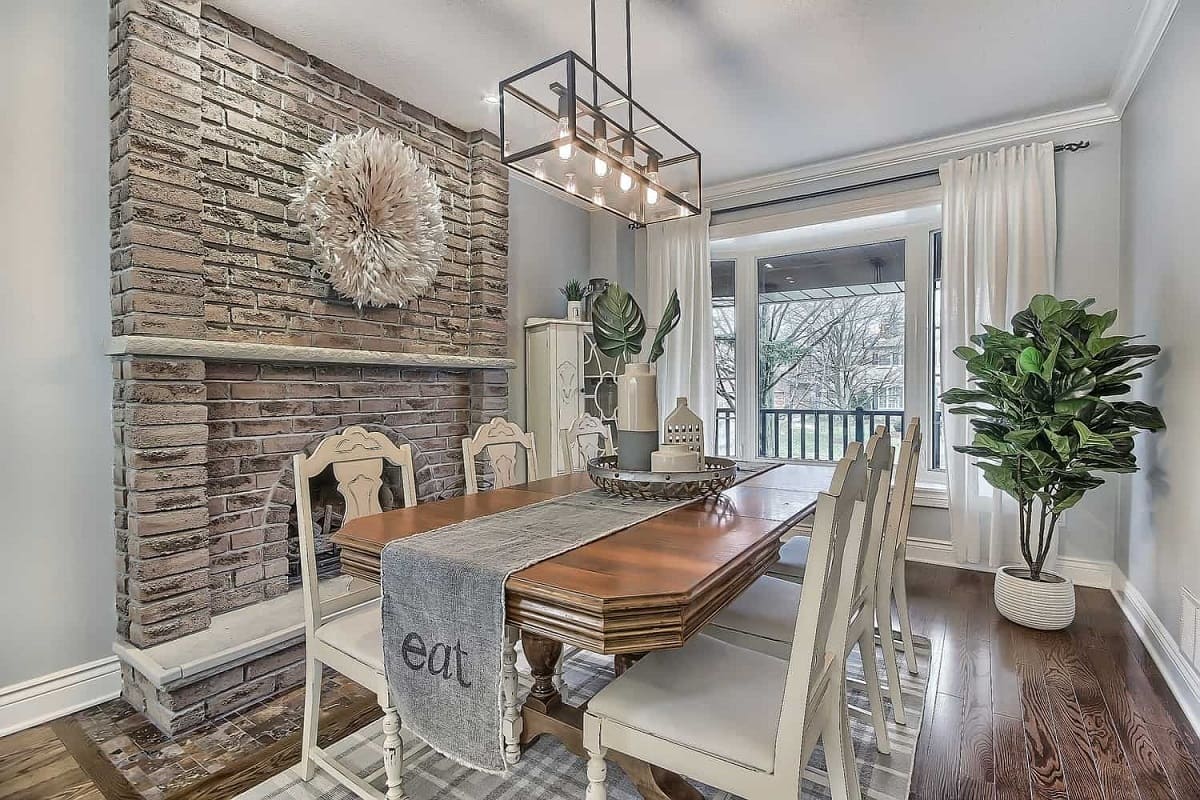
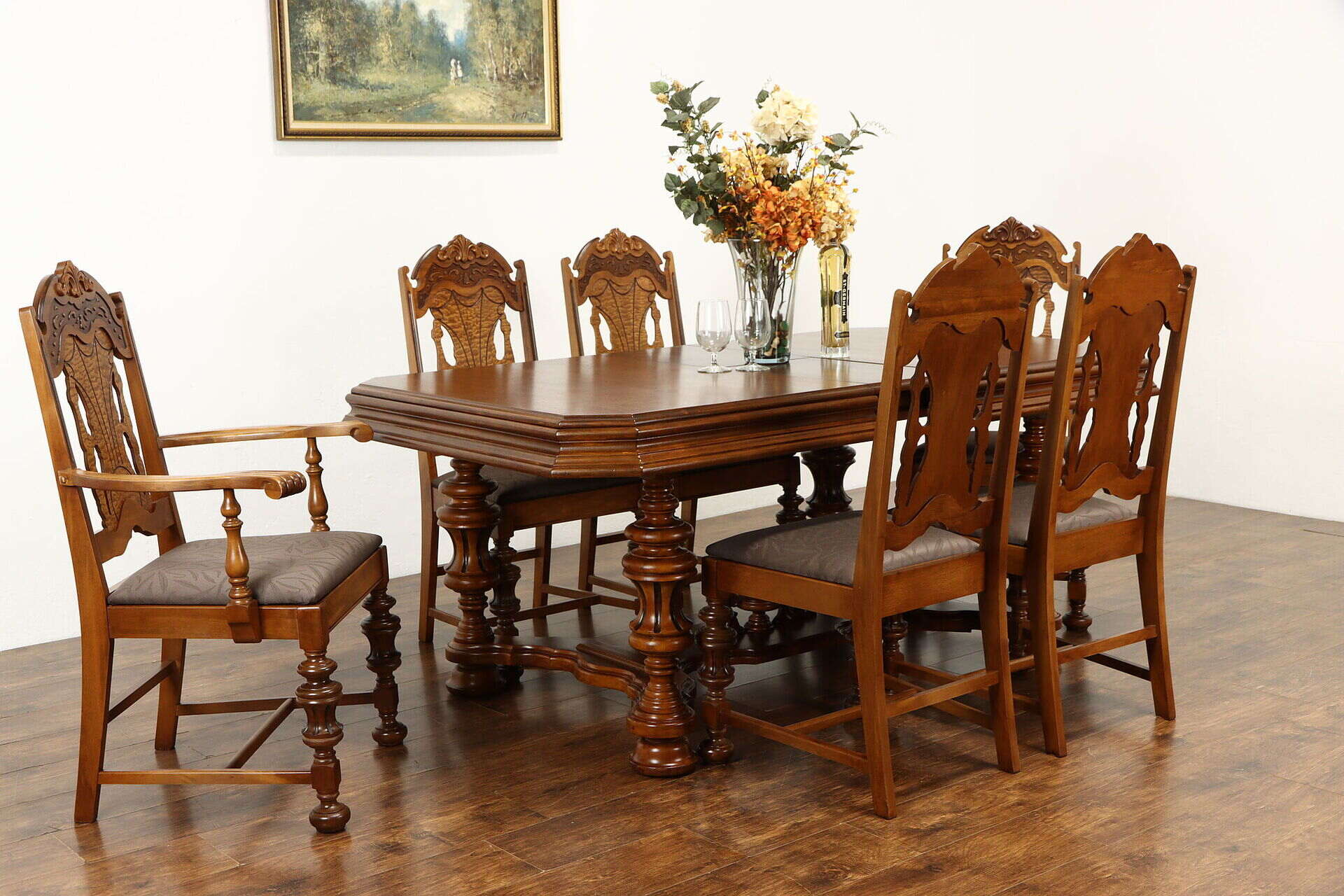

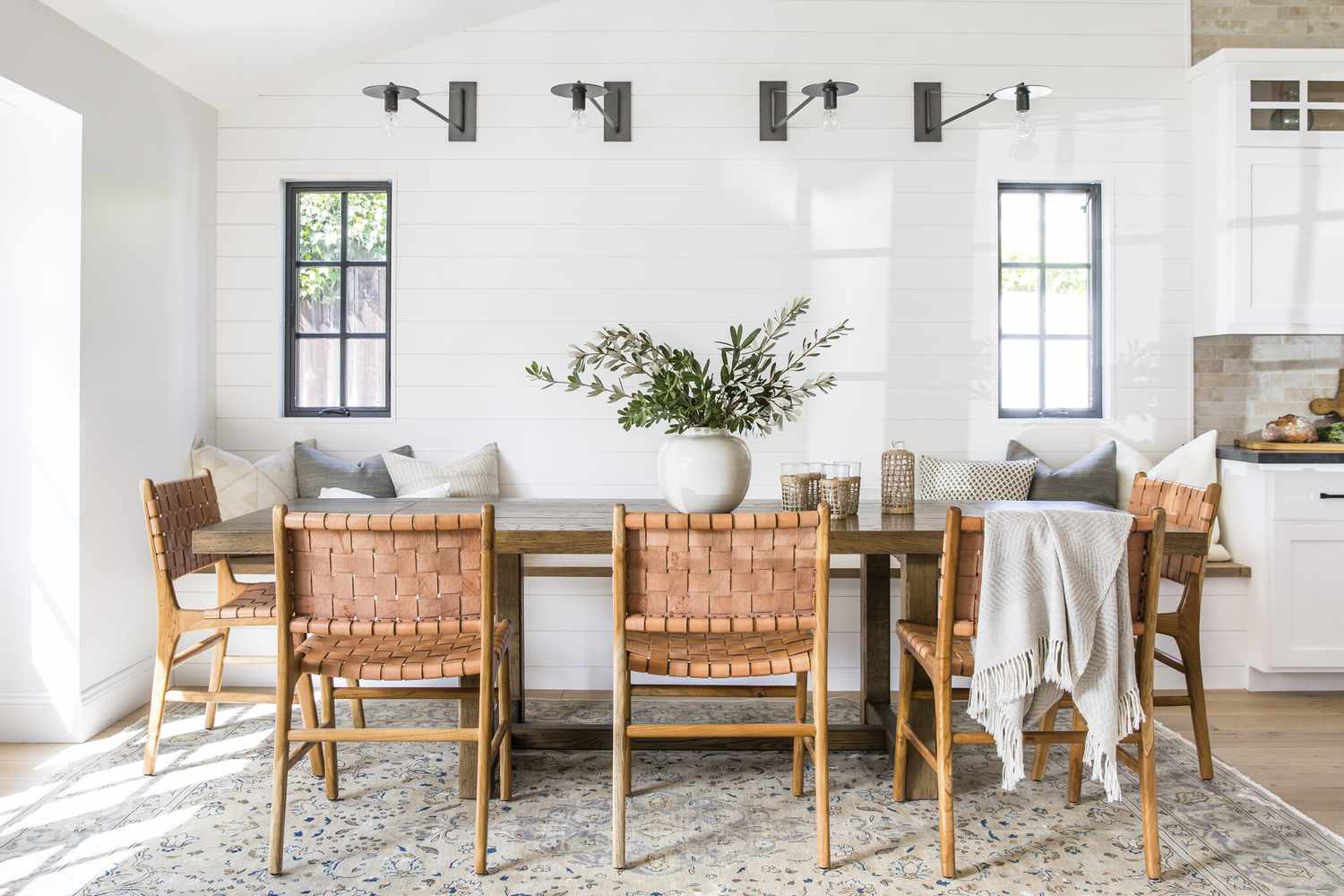
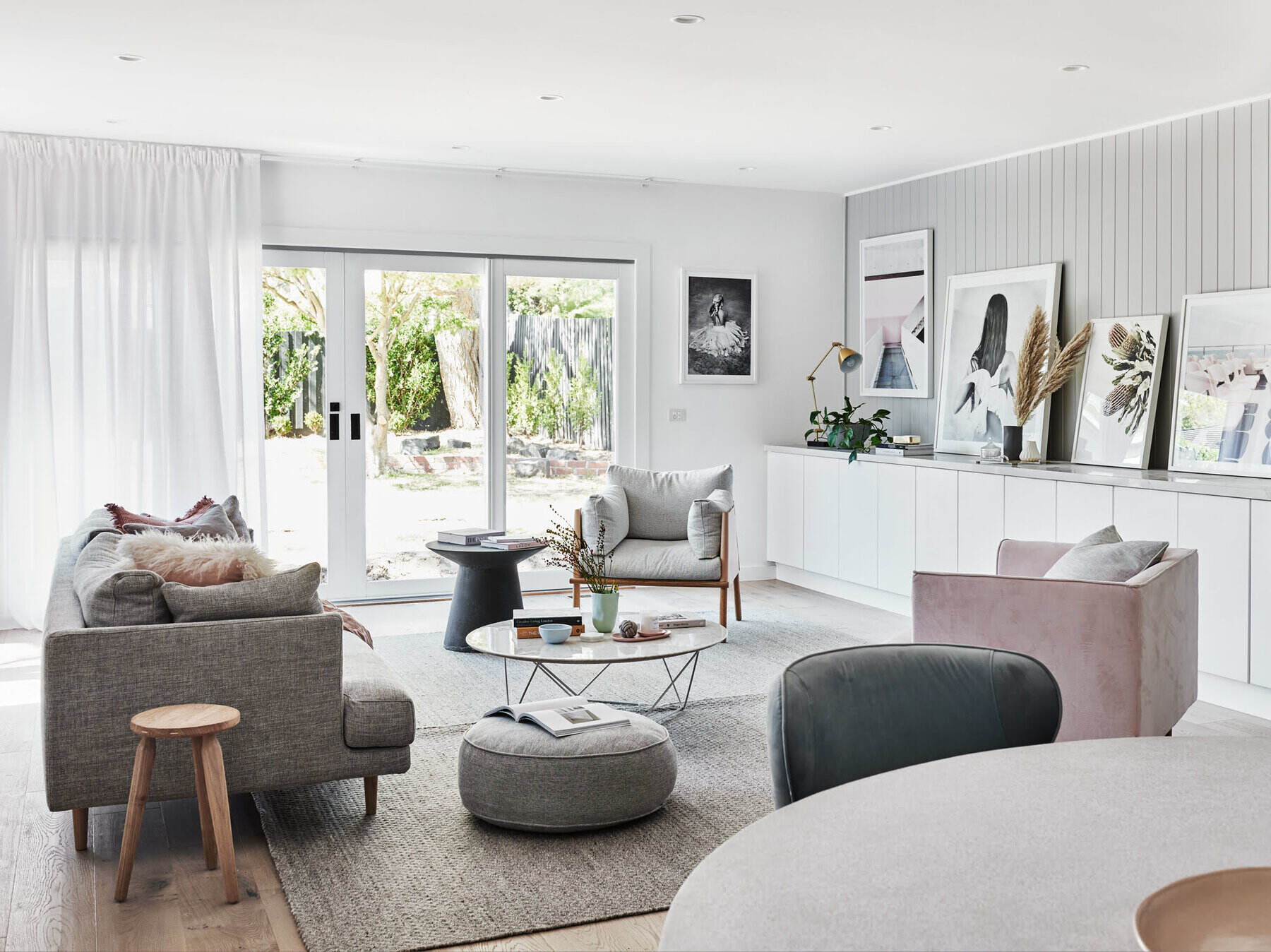

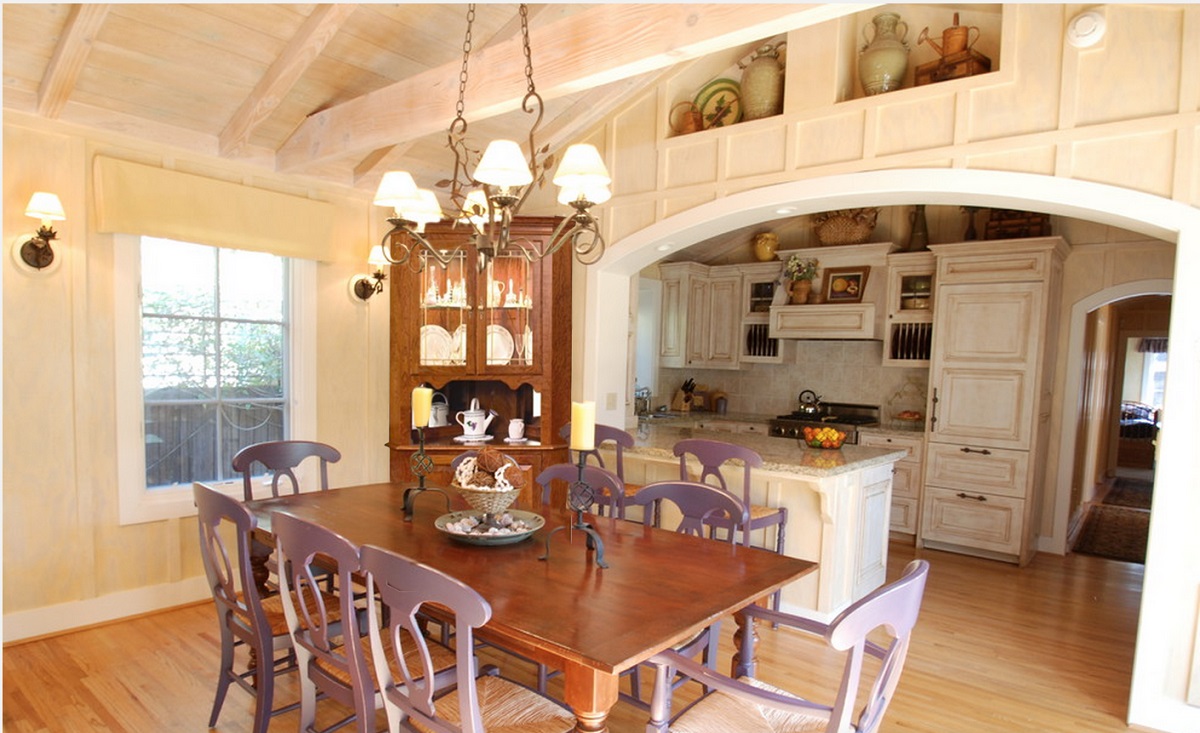
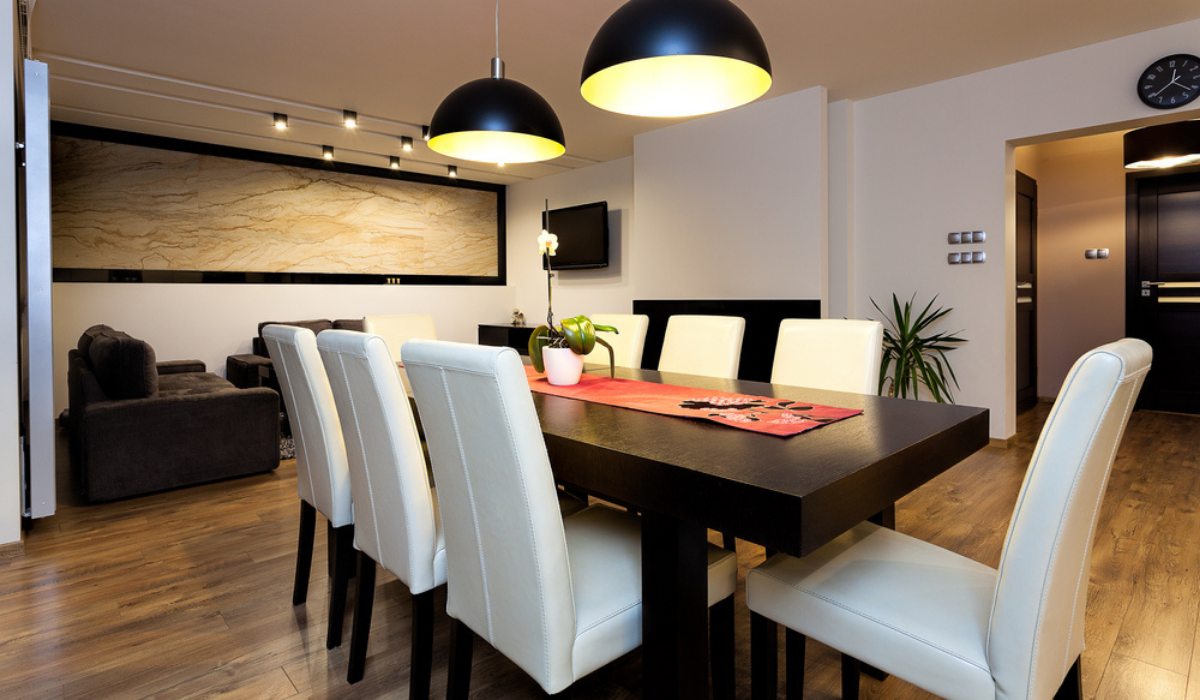
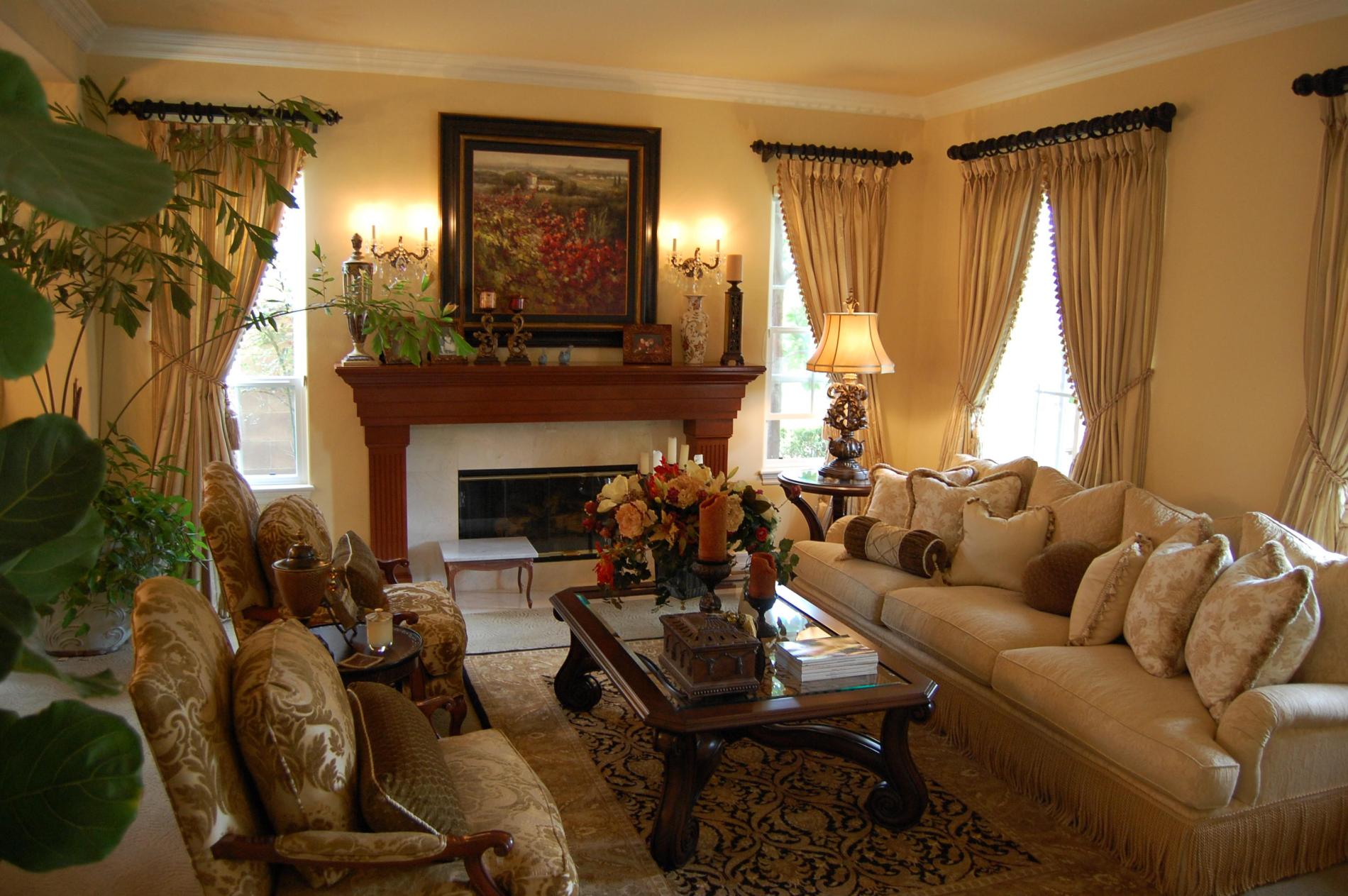

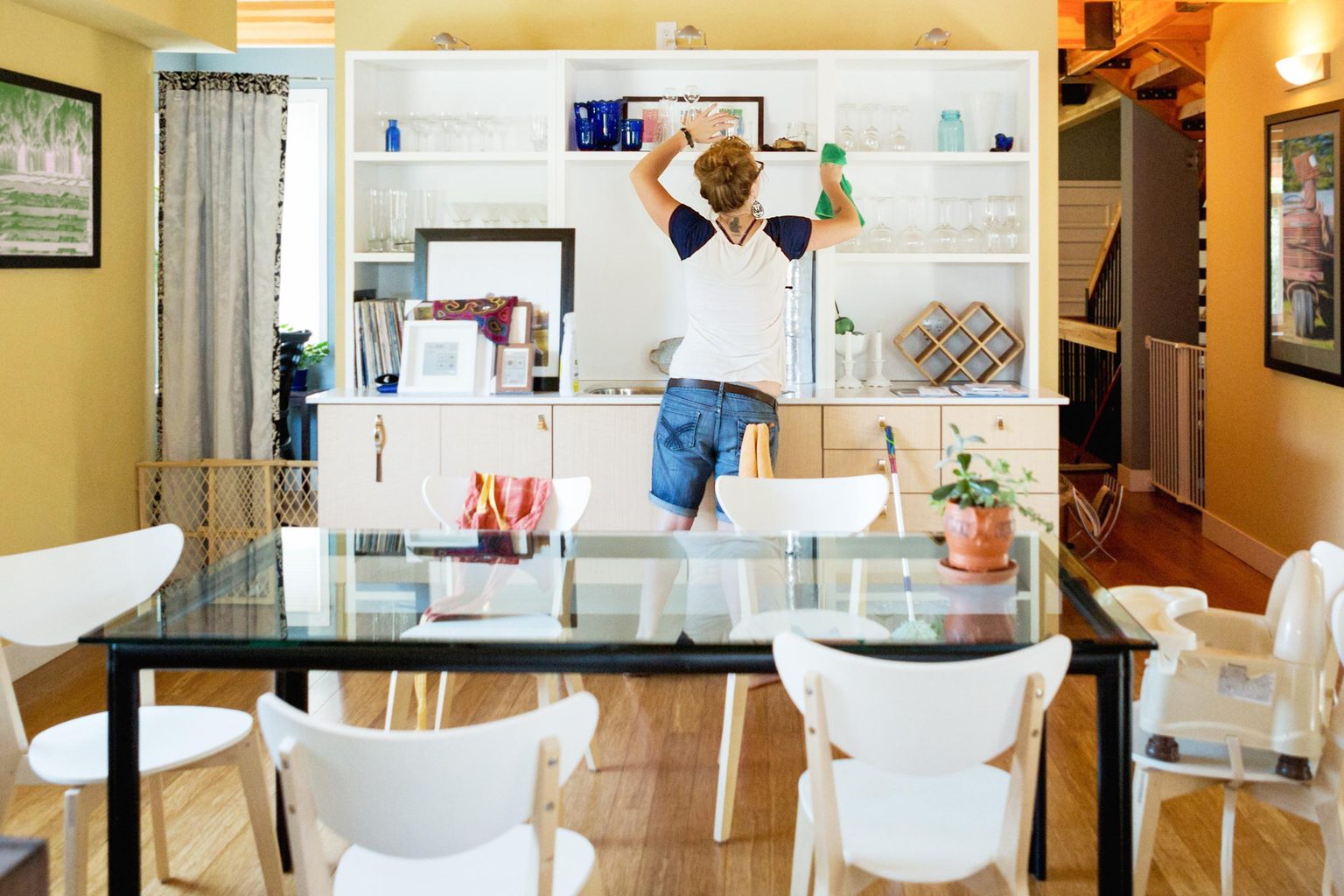
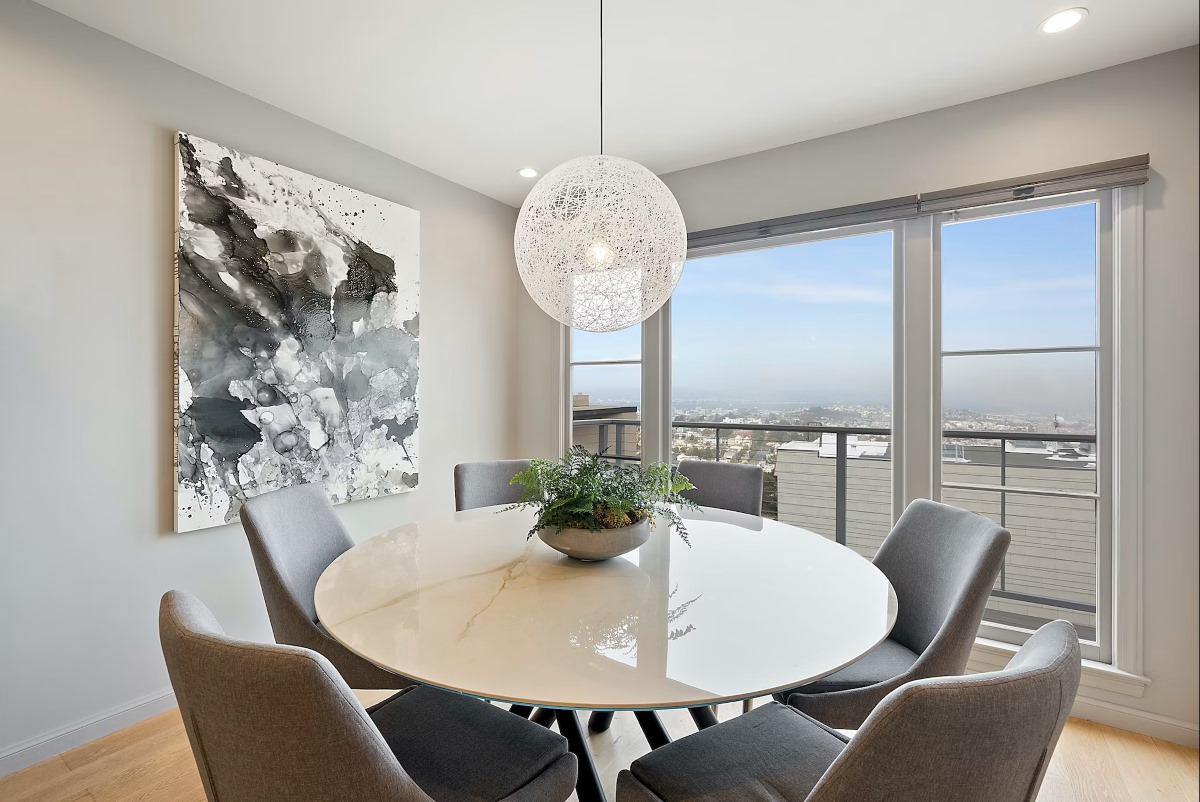
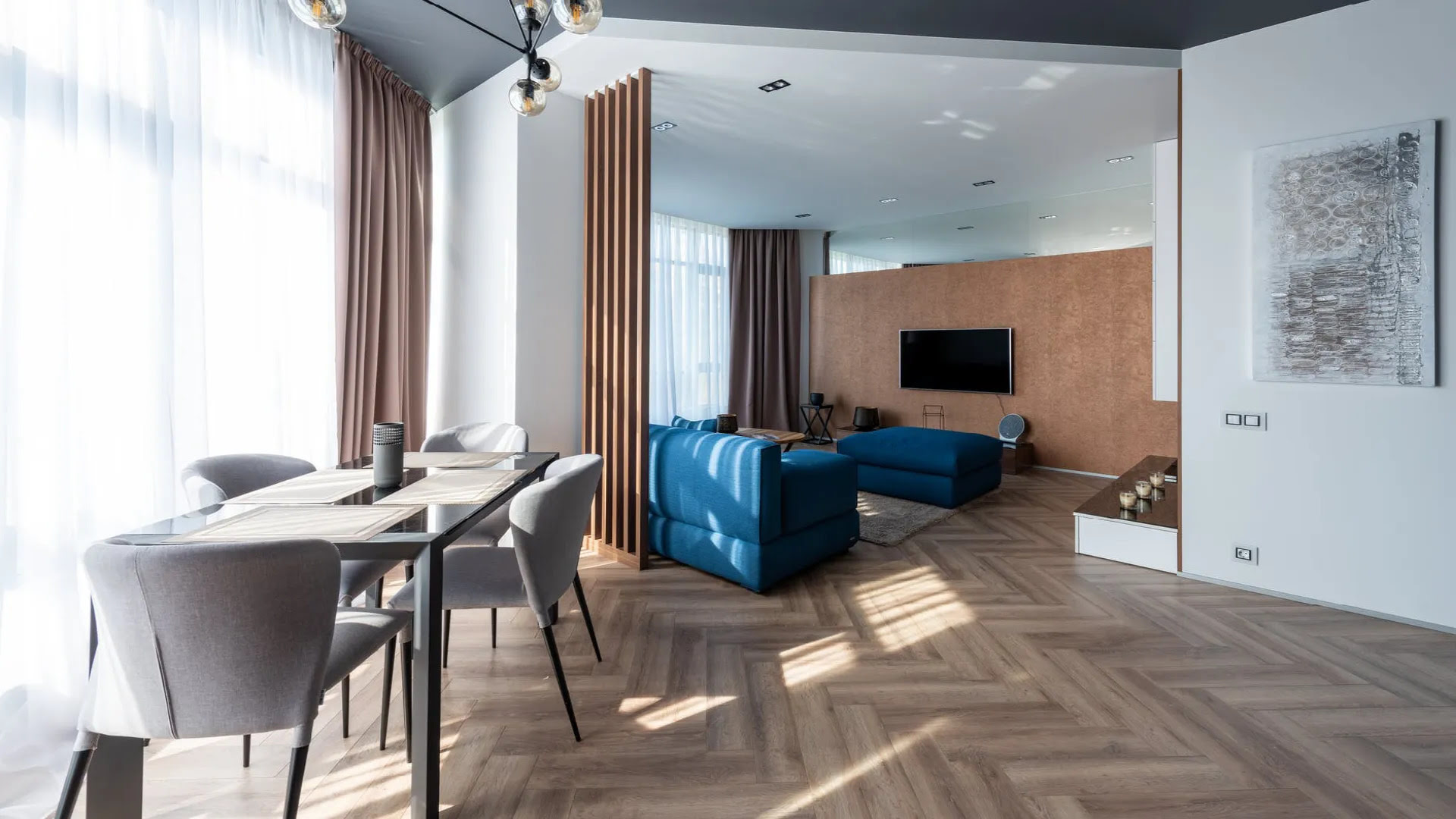

0 thoughts on “How To Update A Traditional Dining Room”